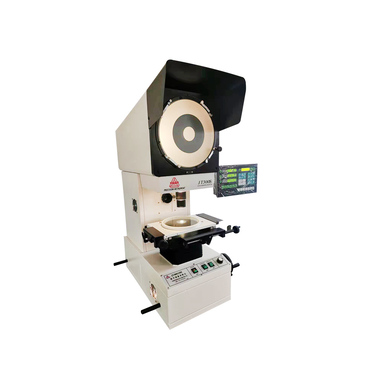tensile tester fixtures
Understanding Tensile Tester Fixtures Essential Components for Accurate Material Testing
Tensile testing is a fundamental procedure in material science, engineering, and quality control that evaluates a material’s mechanical properties under tension. The reliability and accuracy of tensile tests largely depend on the use of appropriate fixtures. These fixtures are specifically designed tools that hold and support the specimen during the testing process, ensuring consistent and precise results. This article delves into the significance of tensile tester fixtures, their types, and best practices for their use.
What are Tensile Tester Fixtures?
Tensile tester fixtures are devices that secure a sample material in place while it is subjected to tensile forces. They are crucial for maintaining alignment and controlling the application of force to the specimen. A well-designed fixture can prevent slippage, allow for an even distribution of stress across the sample, and minimize the risk of premature failure due to improper gripping.
These fixtures vary widely in design and function, often tailored to specific types of materials or testing conditions. For example, fixtures might differ for metals, plastics, or composites due to their unique mechanical properties.
Types of Tensile Tester Fixtures
1. Grippers These are the most common types of fixtures, designed to hold the specimen at each end. They often feature serrated jaws or hydraulic mechanisms to increase grip strength, especially useful for high-strength materials. Grippers must be carefully selected based on the material type and the expected load.
2. Alignment Fixtures These fixtures ensure that the sample is correctly aligned within the testing machine. Misalignment can lead to inconsistent results and even damage to the specimen or the testing equipment. Alignment fixtures are particularly important when testing long, slender samples that may bend or twist under load.
3. Extension Fixtures When testing elongation properties, extension fixtures allow for the measurement of both the original and extended lengths of the sample. This helps in calculating elongation percentages, yield strength, and other important mechanical characteristics.
4. Specialized Fixtures For unique materials or testing requirements, customized fixtures may be necessary. These can include fixtures designed for testing high-temperature materials, foams, or geometrically complex samples.
Importance of Proper Fixture Selection
tensile tester fixtures

Choosing the right fixture is critical to obtaining accurate tensile test results. Factors to consider include
- Material Specifications Each material behaves differently under tension. Understanding the mechanical properties and behavior of the material being tested can inform the selection of an appropriate fixture.
- Testing Standards Many industries adhere to specific standards and protocols for tensile testing, such as ASTM or ISO. Fixtures must comply with these standards to ensure that test results are valid and comparable across different tests.
- Sample Geometry The shape and size of the sample play a crucial role in fixture selection. Fixtures must accommodate the dimensions and cross-sectional area of the test specimen to avoid premature failure or inaccurate data.
Best Practices for Using Tensile Tester Fixtures
1. Regular Maintenance Maintain fixtures to ensure they are clean and free from damage or wear. Regular checks help prevent issues that could affect test results.
2. Calibration Ensure that the testing machine and fixtures are correctly calibrated. Calibration minimizes measurement errors and contributes to reliable testing outcomes.
3. Training and Skill Development Operators should be trained on how to set up and use fixtures effectively. Proper handling reduces the risk of errors and enhances the accuracy of the testing process.
4. Documentation Keep thorough records of the fixtures used, including configurations and any adjustments made. This documentation can be invaluable for future testing or troubleshooting.
In conclusion, tensile tester fixtures are indispensable in material testing, impacting the validity of results across various applications. By understanding the types, importance, and best practices related to these fixtures, engineers and technicians can ensure more reliable and accurate tensile testing outcomes, ultimately fostering advancements in material science and engineering.
-
The Role of Tensile Force Testers in Quality Control and Material Science
NewsAug.01,2025
-
Maintenance and Safety Tips for Aging Ovens
NewsAug.01,2025
-
Density Balance in Forensic Science
NewsAug.01,2025
-
Advanced Optical Measurement Technologies
NewsAug.01,2025
-
A Buyer’s Guide to Tensile Test Machines
NewsAug.01,2025
-
Why the Conductor Resistance Constant Temperature Measurement Machine Redefines Precision
NewsJun.20,2025
 Copyright © 2025 Hebei Fangyuan Instrument & Equipment Co.,Ltd. All Rights Reserved. Sitemap | Privacy Policy
Copyright © 2025 Hebei Fangyuan Instrument & Equipment Co.,Ltd. All Rights Reserved. Sitemap | Privacy Policy

